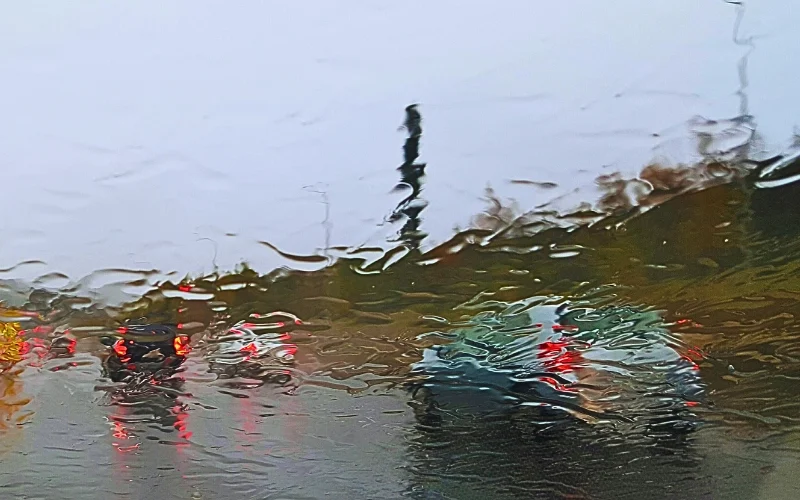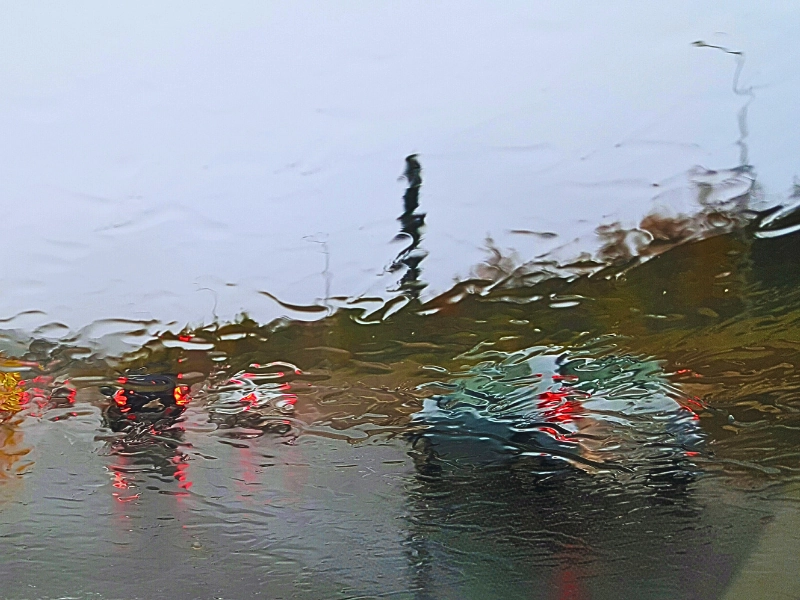Fall Driving Hazards in Florida: What You Need to Know
24Sep
When people think of fall driving hazards, icy roads and piles of leaves often come to mind. But in Florida, the risks look a little different. While we don’t face the classic autumn foliage or snow, our state brings its own unique challenges for drivers this time of year and they’re just as dangerous.

Heavy Rain: Florida’s #1 Fall Driving Hazard
Florida’s hurricane season runs through the end of November, bringing heavy rain, flooding, and dangerous driving conditions. Wet pavement is more than just an inconvenience; it’s the leading cause of weather-related crashes nationwide. In fact, according to the Federal Highway Administration, 70% of weather-related crashes happen on wet roads.
Here’s why:
- Reduced traction: Rain creates slick surfaces, increasing the risk of skidding or losing control.
- Hydroplaning: Even at speeds as low as 35 mph, your tires can ride on a thin layer of water, making steering nearly impossible.
- Lowered visibility: Downpours can make it hard to see other cars, pedestrians, or road signs.
- Flooded roads: Water depth is deceiving. Attempting to drive through floodwaters can stall your vehicle or sweep it away.
Other Fall Hazards Drivers Should Watch For
While heavy rain leads the list, Florida drivers also face several other seasonal risks:
- Wildlife collisions: October and November mark peak deer mating season, leading to more animals crossing roadways. Black bears are also more active this time of year, especially around dawn and dusk.
- Fog: Cooler fall mornings often bring dense fog, particularly in marshy areas. Visibility can drop to near zero in seconds.
- Sun glare: With the sun sitting lower in the sky, morning and evening commutes are prime times for blinding glare.
- Distracted driving: Always a major concern, distractions become even more dangerous in the fall when children are out for back-to-school activities, trick-or-treating, or walking in early darkness.
Final Tip: Stay Safe on Florida Roads
Florida may not have icy highways or leaf-covered streets, but that doesn’t mean fall driving is safe. Stay alert, slow down in the rain, and never drive through flooded areas. Watch for wildlife, adjust for fog or glare, and keep distractions at bay.
By understanding the season’s unique risks, we can all do our part to make Florida’s roads safer this fall.
